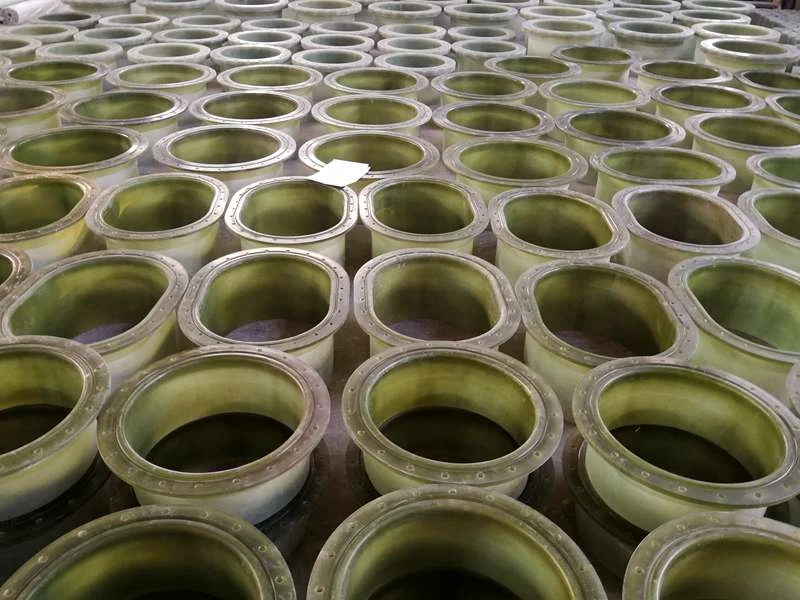
-
 Afrikaans
Afrikaans -
 Albanian
Albanian -
 Amharic
Amharic -
 Arabic
Arabic -
 Armenian
Armenian -
 Azerbaijani
Azerbaijani -
 Basque
Basque -
 Belarusian
Belarusian -
 Bengali
Bengali -
 Bosnian
Bosnian -
 Bulgarian
Bulgarian -
 Catalan
Catalan -
 Cebuano
Cebuano -
 China
China -
 China (Taiwan)
China (Taiwan) -
 Corsican
Corsican -
 Croatian
Croatian -
 Czech
Czech -
 Danish
Danish -
 Dutch
Dutch -
 English
English -
 Esperanto
Esperanto -
 Estonian
Estonian -
 Finnish
Finnish -
 French
French -
 Frisian
Frisian -
 Galician
Galician -
 Georgian
Georgian -
 German
German -
 Greek
Greek -
 Gujarati
Gujarati -
 Haitian Creole
Haitian Creole -
 hausa
hausa -
 hawaiian
hawaiian -
 Hebrew
Hebrew -
 Hindi
Hindi -
 Miao
Miao -
 Hungarian
Hungarian -
 Icelandic
Icelandic -
 igbo
igbo -
 Indonesian
Indonesian -
 irish
irish -
 Italian
Italian -
 Japanese
Japanese -
 Javanese
Javanese -
 Kannada
Kannada -
 kazakh
kazakh -
 Khmer
Khmer -
 Rwandese
Rwandese -
 Korean
Korean -
 Kurdish
Kurdish -
 Kyrgyz
Kyrgyz -
 Lao
Lao -
 Latin
Latin -
 Latvian
Latvian -
 Lithuanian
Lithuanian -
 Luxembourgish
Luxembourgish -
 Macedonian
Macedonian -
 Malgashi
Malgashi -
 Malay
Malay -
 Malayalam
Malayalam -
 Maltese
Maltese -
 Maori
Maori -
 Marathi
Marathi -
 Mongolian
Mongolian -
 Myanmar
Myanmar -
 Nepali
Nepali -
 Norwegian
Norwegian -
 Norwegian
Norwegian -
 Occitan
Occitan -
 Pashto
Pashto -
 Persian
Persian -
 Polish
Polish -
 Portuguese
Portuguese -
 Punjabi
Punjabi -
 Romanian
Romanian -
 Russian
Russian -
 Samoan
Samoan -
 Scottish Gaelic
Scottish Gaelic -
 Serbian
Serbian -
 Sesotho
Sesotho -
 Shona
Shona -
 Sindhi
Sindhi -
 Sinhala
Sinhala -
 Slovak
Slovak -
 Slovenian
Slovenian -
 Somali
Somali -
 Spanish
Spanish -
 Sundanese
Sundanese -
 Swahili
Swahili -
 Swedish
Swedish -
 Tagalog
Tagalog -
 Tajik
Tajik -
 Tamil
Tamil -
 Tatar
Tatar -
 Telugu
Telugu -
 Thai
Thai -
 Turkish
Turkish -
 Turkmen
Turkmen -
 Ukrainian
Ukrainian -
 Urdu
Urdu -
 Uighur
Uighur -
 Uzbek
Uzbek -
 Vietnamese
Vietnamese -
 Welsh
Welsh -
 Bantu
Bantu -
 Yiddish
Yiddish -
 Yoruba
Yoruba -
 Zulu
Zulu
A Comprehensive Guide to Understanding and Implementing FRP in Your Projects
Understanding FRP A Comprehensive Step-by-Step Guide
Fiber Reinforced Polymer (FRP) has gained significant traction in various industries, including construction, automotive, aerospace, and marine applications, due to its lightweight, high strength, and corrosion resistance properties. This article provides a detailed step-by-step guide to understanding FRP, its materials, manufacturing processes, and applications.
Step 1 What is FRP?
FRP is a composite material made up of a polymer matrix reinforced with fibers. The fibers can be made from different materials, including glass (GFRP), carbon (CFRP), or aramid (AFRP), while the polymer matrix is typically a type of resin, such as epoxy, polyester, or vinylester. The combination of these materials results in a product that boasts an excellent strength-to-weight ratio, making it ideal for various engineering applications.
Step 2 Types of Reinforcement
The type of fiber used in the reinforcement significantly influences the mechanical properties of FRP.
1. Glass Fiber Reinforced Polymer (GFRP) GFRP is the most commonly used type of FRP, known for its affordability and good mechanical properties. It is widely used in construction, automotive parts, and marine applications. 2. Carbon Fiber Reinforced Polymer (CFRP) CFRP is superior in terms of strength and stiffness compared to GFRP. Its lightweight characteristics and fatigue resistance make it suitable for aerospace components and high-performance sports equipment.
3. Aramid Fiber Reinforced Polymer (AFRP) AFRP is notable for its impact resistance and is often used in ballistic applications and protective gear.
Step 3 Manufacturing Processes
FRP can be manufactured using several processes, each suited to specific applications and desired properties
1. Hand Lay-Up A manual technique where resin is applied to the reinforcement layer by layer. It is widely used for large, complex shapes but requires skilled labor.
frp step

2. Filament Winding In this automated process, continuous fibers are wound around a mandrel, creating a strong and uniform structure. This method is commonly used for pipes and pressure vessels.
3. Pultrusion A continuous manufacturing process where fibers are pulled through a resin bath and then shaped in a heated die. This method is efficient and suitable for producing long composite sections, like beams and profiles.
4. Resin Transfer Molding (RTM) In this method, dry fibers are placed in a mold, and resin is injected under pressure. This technique allows for better control of fiber/resin ratios and is suitable for complex geometries.
Step 4 Applications of FRP
FRP's versatility allows it to be used in a range of applications
1. Construction FRP is used in reinforcing structures, especially in areas prone to corrosion (e.g., bridges, dams, and buildings exposed to saline environments).
2. Transportation In the automotive sector, CFRP components contribute to reducing vehicle weight and enhancing fuel efficiency. Similarly, FRP is used in aircraft and high-speed trains to improve performance.
3. Marine The marine industry benefits from FRP's corrosion resistance, using it for boat hulls and other components subjected to harsh marine environments.
4. Wind Energy FRP is an excellent material for manufacturing lightweight and strong wind turbine blades, enhancing their efficiency and durability.
Conclusion
Understanding FRP involves comprehending the materials, manufacturing processes, and various applications that make up this composite material. Its lightweight, strength, and versatility address the evolving demands of modern engineering and industrial practices. As technology advances, the potential for FRP continues to expand, promising innovative solutions for future challenges in numerous fields.
Latest news
-
High-Quality Fiberglass Car Bodies Durable GRP Car & Boat Body SolutionsNewsJul.08,2025
-
High-Quality Fiberglass Dual Lamination Product Manufacturer Durable FRP & GRP Dual Lamination SolutionsNewsJul.08,2025
-
Rectangular Tank with Dimensions for GRP Calculation Custom Fiberglass GRP Rectangular TanksNewsJul.07,2025
-
High-Quality Fiberglass Weir Custom FRP Weir & Fiberglass Tanks ManufacturerNewsJul.07,2025
-
CPVC FRP Pipe A Reliable Choice for Industrial Applications High Strength & Corrosion ResistanceNewsJul.07,2025
-
Fiberglass Scrubber for Effective Cleaning and Stain Removal – Superior Performance in Various ApplicationsNewsJul.06,2025









